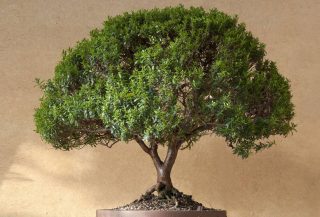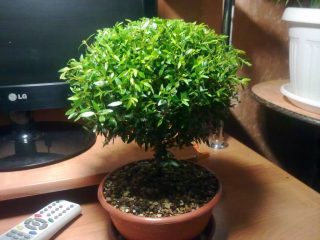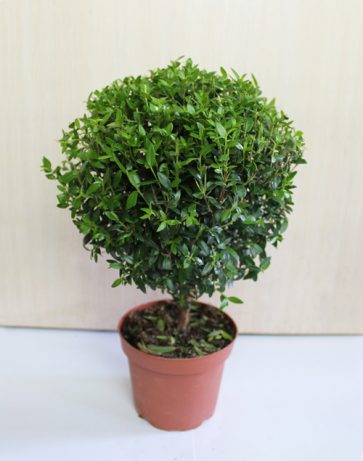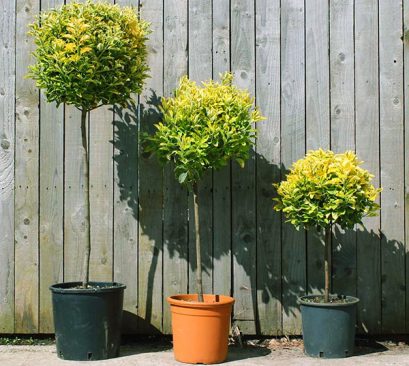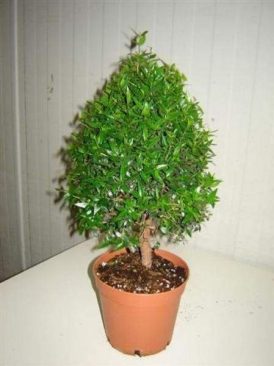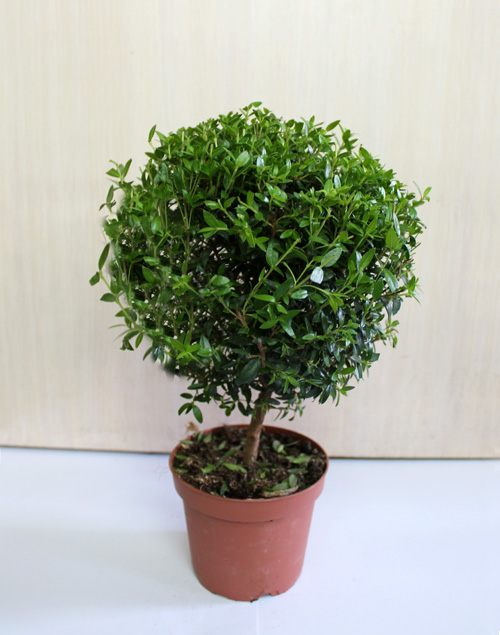Myrtle tree from the Myrtle family is an evergreen woody plant, whose name is associated with a high concentration of essential oils in the flowers - "myrtle" in Greek, means "balm". The symbol of peace and hope also has excellent decorative qualities, which require very little time from the grower to maintain.
Material Content:
Myrtle tree: description, types and varieties
In the wild, the plant is able to grow up to 3 meters in height, while indoor representatives of the genus, numbering from 40 to 100 species, do not exceed 1 m. Glossy, oppositely located leaf plates are attached to the shoots with the help of short petioles. Exhausting beautiful aroma of flowers can be either single or collected in racemose inflorescences.

Among the most popular species are:
- Myrtle ordinary. The most common variety in indoor floriculture, represented by plants with a branched trunk. The leathery, shiny green leaf blades exude aroma. During the flowering period observed in the summer season, snow-white or with a pinkish tint flowers bloom, in place of which dark maroon fruits ripen over time. In flower shops, the variegated form and the compact Tarentina variety are often found.
- Myrtle is magnificent.Representatives of the species grow in the form of a bush or a tree whose trunk is covered with exfoliating flakes of bark. The flowering phase occurs in the second half of summer, when single flowers of pure white color contrast against the background of green matte leaves.
- Myrtle Hekven. The most stable look, the distinguishing feature of which is the wrinkled edges of glossy green leaves.
- Myrtle Ralph. Shrub form with erect shoots and pinkish fragrant flowers.
Features of growing at home
The grace and symbolism of the myrtle tree makes it a welcome inhabitant of urban apartments and houses.
However, having brought a representative of the exotic flora into the home, it is necessary to take into account a number of flower requirements for growing at home:
- a large amount of light with direct sunlight in the spring;
- plentiful watering and regular spraying;
- prolonged phase of rest;
- systematic top dressing.
Myrtle Tree Care
In order for the plant to deliver aesthetic pleasure, it is necessary to observe simple rules for the maintenance and care of the crop.
Lighting and location
The flower develops well on the windowsills of the eastern and western sides of the house. But due to the condescension of the myrtle tree to direct sunlight, it is permissible to place the pot on the windowsills of the southern windows, where protection from the midday sun is organized only in the summer heat, when the risk of burns is high. It is worth to refuse from the windows of the northern direction, since the future flowering of the “green miracle” depends on the full-fledged lighting.

Advice! To strengthen the plant's immunity in summer, the myrtle should be taken out to fresh air, especially since it tolerates small drafts quite easily.
Temperature mode
In the spring-summer period, the flower feels great at ordinary room temperatures, which range from 20 - 25 ° C. But in the winter time, in order to receive many beautiful flowers next year, it is necessary to ensure that the myrtle tree stays in a cool, bright room at temperature values in the range from 5 - 10 ° C. An unheated loggia will be an excellent solution for this period.
Watering and humidity
In the spring-summer period, the flower should be watered regularly and abundantly so that the earthen lump is constantly in a slightly moistened state. In winter, when the myrtle is kept cool, the volume and frequency of irrigation are reduced, however, it is impossible to allow the substrate to dry out.
In the phase of active vegetation, the plant must be systematically sprayed.
Important! All water procedures should be carried out with warm, softened water.
Fertilizer and fertilizer
From the beginning of spring to the end of summer, additional nutrition is organized for the plant 2–3 times a month.
When fertilizing, various fertilizers are used, depending on the goal that the grower seeks to achieve:
- If bonsai is grown from myrtle, then nitrogen-containing complexes are introduced into the soil.
- If the purpose of cultivation is to obtain a lush flowering plant, then preference should be given to fertilizers for flowering plants with a high concentration of phosphorus and potassium.
Cropping and shaping the crown
The crown is formed by pruning in spring after the myrtle reaches the age of three.
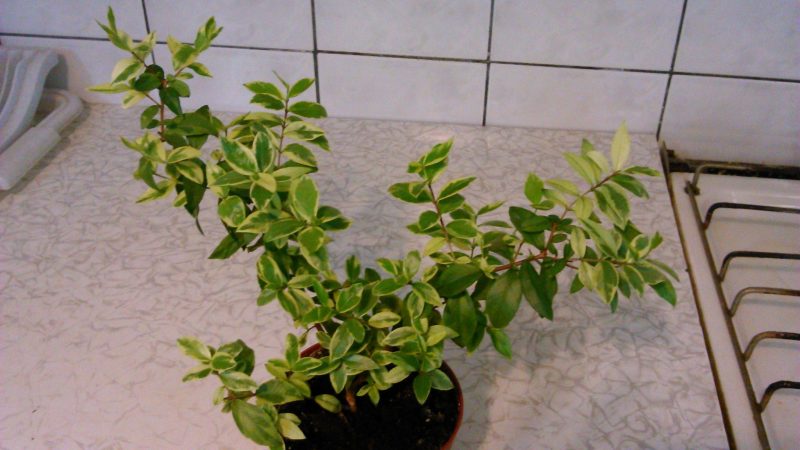
Nipping is carried out at any time of the year except winter. However, do not overdo it with this procedure: systematic pinching can lead to a decrease in the number of flowers.
Depending on the desired shape, various shoots are cut off:
- To form a bush, the top is trimmed, which stimulates branching.
- To create a standard tree, side shoots are removed.
Transplant at home
Young plants undergo the procedure annually. And a signal for transplanting an adult instance is the drying out of an earthen coma within a day after heavy watering.
When transplanting in spring:
- A pot is selected with a diameter of 2 - 3 cm larger than the previous one.
- Drainage material is placed at the bottom to prevent stagnation of water in the roots.
- Soil mixture is prepared from equal turf, humus, peat land and sand in equal parts.
- The flower is transferred to a new container.
- The empty space is filled with the prepared substrate.
Flowering period
The flowering phase of the plant is observed in the summer season.
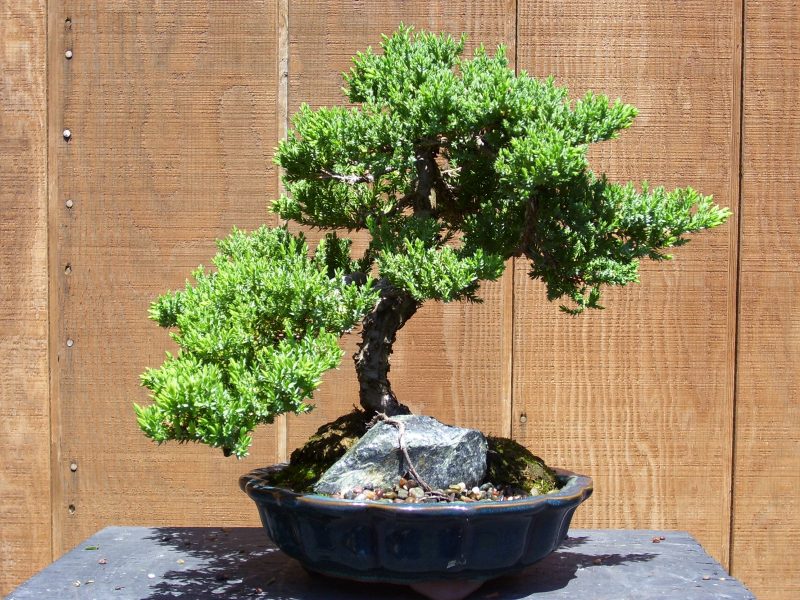
That it was regular and magnificent it is necessary:
- provide a long stage of rest;
- observe all care rules, including free access to fresh air.
Winter care
Myrtle tree has a pronounced stage of stagnation, the duration of which depends on lighting:
- When wintering on the northern windowsill, the dormancy state can last up to 3 months.
- If the flower hibernates in bright light, the phase will be reduced to 1 - 1.5 months.
At this time, watering is reduced, spraying and top dressing are not carried out.
Attention! A long dormant stage is necessary for abundant flowering.
Diseases, pests and methods of dealing with them
Myrtle tree in violation of the rules for care can be populated by thrips, scale insects, mealybug, spider mite, whitefly and aphids. If during the inspection on the plant harmful insects were noted, then it is worth treating the culture with an insecticidal solution.
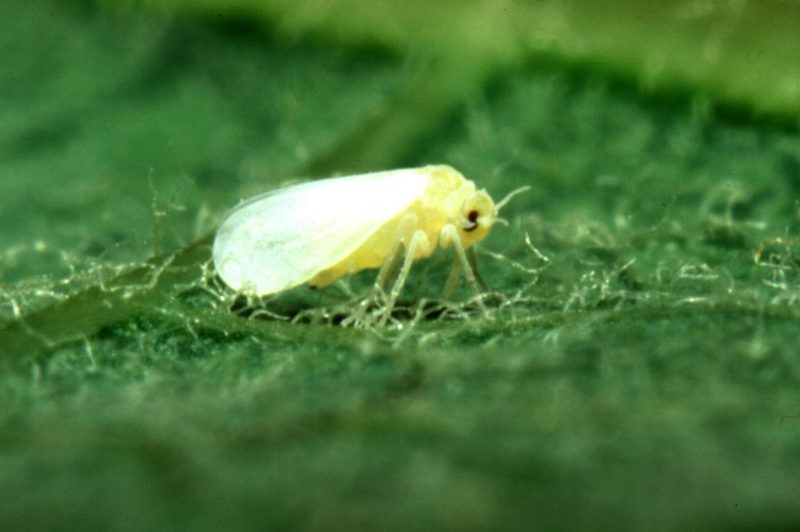
In the case of systematic overflows, the development of gray rot may be noted, which can be cured by transplanting the specimen into a new substrate and normalizing the irrigation regime.
Myrtle tree: reproduction
Exotic flower propagates by both seed and vegetative methods. Among the latter, the most popular method of cuttings.
Seed way
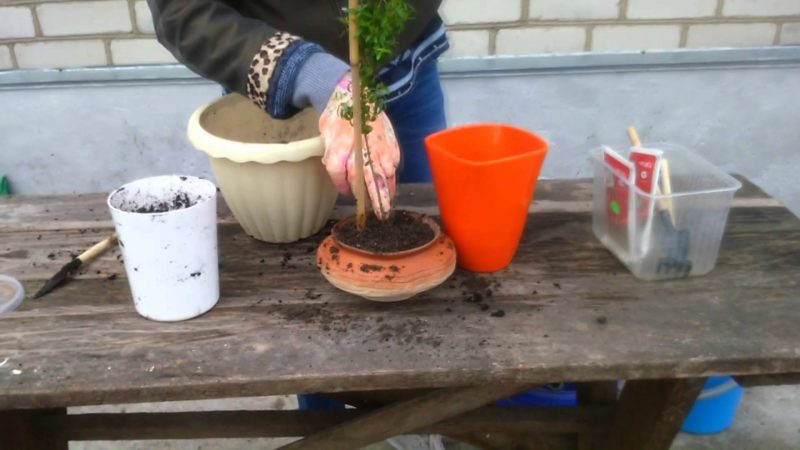
The cultivation of myrtle tree from seeds is carried out according to the following scheme:
- A seedling box is filled with a mixture of sheet earth and sand.
- Seeds are distributed on the surface of the substrate and sprinkled with sand.
- The container is covered with a film, which is periodically removed for airing and moistening the soil.
- After emergence, the film is removed.
- Seedlings dive into individual pots after the formation of 2 true leaves.
Tree cuttings
Usually the procedure is carried out in spring or after flowering:
- From the shoots of the lower tier, cuttings of 8 cm in length are cut.
- Slice sites are treated with a growth stimulator.
- Cuttings are buried in a mixture of sheet soil with sand and covered with banks, which are systematically removed for ventilation.
- Rooting takes place in a dark place for a month.
- Rooted plants are planted in separate containers with a diameter of 7cm.
Why does the myrtle tree dry?
In order not to witness the drying of the plant and its further death, it is necessary to determine the main reasons why the tree dries.
Main reasons
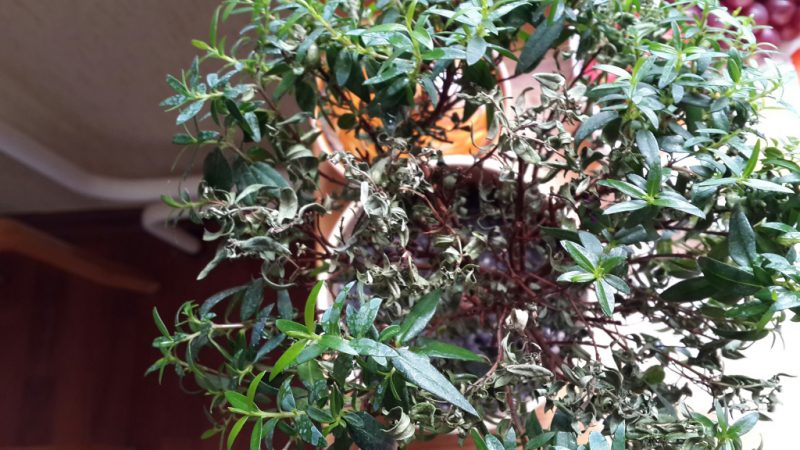
Among the key factors leading to the drying of the myrtle are:
- Insufficient air humidity. It is especially necessary to carefully monitor this indicator in the winter, when the plant overwinters in a living room near heating appliances.
- Soil moisture deficit. Watering an exotic flower is necessary regularly and abundantly, so as to prevent drying out of the earthy coma and the root system of the plant.
How to save a myrtle tree if it is dry?
If the grower is faced with a situation when the leaves are dry and the stem is still green. You can try to revive the plant:
- A mini-greenhouse is being built over a dried tree.
- Branches and soil are systematically sprayed with a growth stimulant solution.
- Periodically, the greenhouse is ventilated, and the substrate is slightly moistened.
- If the roots are alive, then new shoots will begin to appear.
- At the beginning of active vegetation, bare branches are cut off.
Myrtle tree: signs

Different peoples have myrtle endowed with different qualities:
- Europeans believe that myrtle brings peace and harmony to the hearth. But if the plant dies, then happiness will leave this house.
- Muslims, on the contrary, refrain from cultivating the myrtle tree into housing, since in their culture the plant is considered to be a "husbandman".
Myrtle tree is a unique plant. It is valued not only for its decorative qualities and aroma during flowering, but also for its high concentration of essential oils that can protect the room from the development of various viruses.


